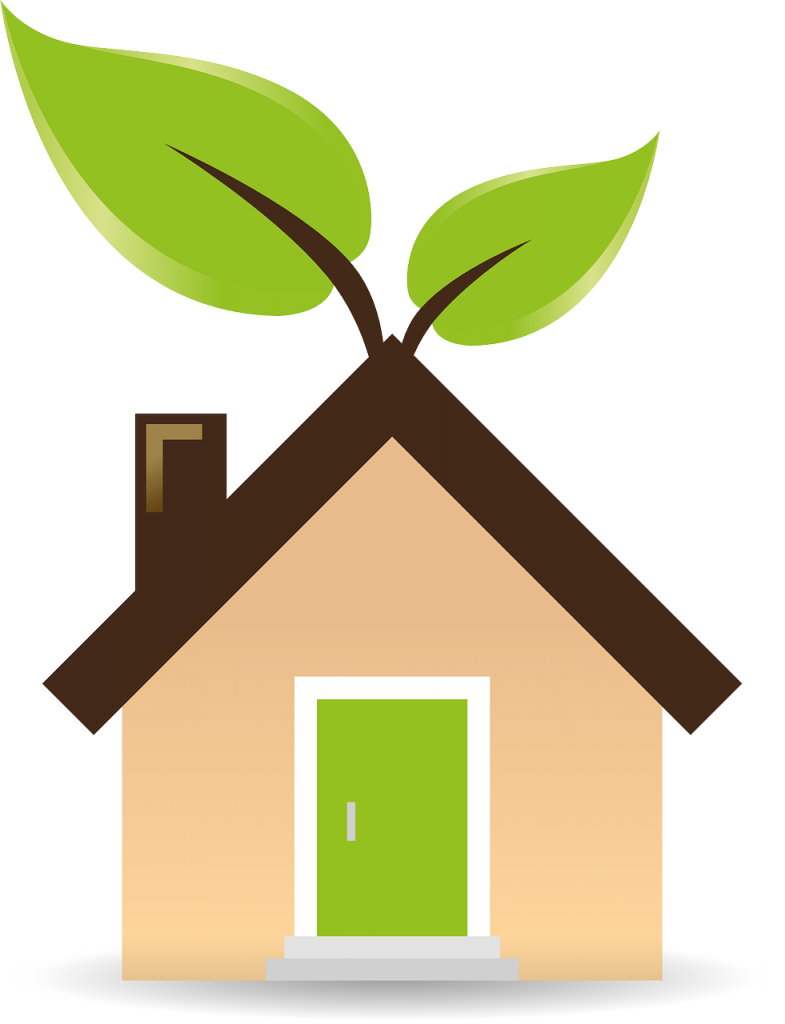4 Perfect Eco-Friendly Habits to Adopt at Home in 2021
Your home and some of your daily habits are excessively energy-consuming. In addition to ecological concerns, this also has a significant impact on your water and electricity bills.
There are many solutions to reduce your energy consumption and stop wasting energy, whether reflexes to take daily or small equipment to install. You don’t need to live in a cabin to limit your energy consumption. Here are some simple ways to save money at home!
1. Refrigerator and freezer: what reflexes to take?
Here are a few simple things you can do to save electricity:
– Install your refrigerator/freezer in the right place. It is imperative to leave some space between the wall and the appliance so that the air can circulate properly. Avoid installing them next to a heat source (oven, hotplate…).
– Use your refrigerator to defrost food. The cold emitted by the frozen product will naturally cool down the other food in your fridge, thus reducing the electricity consumption of the appliance.
– Defrost your fridge. A frosted appliance consumes much more electricity. As soon as the frost reaches 3 mm thick, it is essential to maintain your device; otherwise, its consumption will increase by 30%.
If you can afford it, buy yourself a new refrigerator: choose a model with high energy performance. These models will allow you to reduce the electricity consumption of your fridge by up to 60%.
2. How to consume less water and electricity with your dishwasher?

Your dishwasher is also a significant energy item that you can easily reduce. If your dishes are not too dirty, run your dishwasher on the “eco” program, which reduces your water consumption by 18% and your electricity consumption by 25% because the water used for washing is not as hot.
It is also essential to adopt good habits such as
– only start a dishwasher when it is full;
– run it in half-load mode: when the quantity of dishes is not sufficient to run a whole machine, this option allows you to wash the dishes on one level only;
– choose a recent model which will consume less energy.
Good to know: a short cycle of a low-energy dishwasher consumes an average of 10 L of water, compared to 25 to 40 L for an older dishwasher. A recent model consumes up to 40% less electricity and 65% less water per year.
3. Shower/bath: habits to adopt
The first thing to do is to take showers rather than baths. Indeed, a bath consumes 150 to 200 L of water, whereas a shower consumes about 100 L in 5 minutes.
Small installations exist to help you save water without changing your habits:
– A water-saving showerhead has a lower flow rate than a traditional shower head: 7 L/minute versus 16 L/minute.
– A shower-stop system cuts off the water while you are not rinsing, thus saving water.
Note: be careful if you equip yourself with a shower stop system. When the water comes back on, the temperature can be too high, leading to burns. Also, don’t forget to turn off the taps when your shower is over, as the shower stop is not designed to turn off the water for more than a few minutes (risk of bursting the hose).
4. Smart equipment for your sinks
To easily save water with your faucets, start by not letting the water run indiscriminately: turn it off when you brush your teeth, soap your hands…
Also, consider replacing or equipping your faucets so that they consume less water while you are using them with:
– Thermostatic mixing valves: these single-headed faucets with a central handle can reduce water consumption by up to 30%,
– Hydro-economy aerators: they allow you to reduce the flow rate of the faucet from approximately 12 L/minute to 7 L/minute
Good to know: the purchase of this equipment is quickly profitable. A first-price thermostatic mixer is paid off in 1 to 2 years, and a hydro economy aerator is paid off in less than a year!
Have you got more Eco-Friendly Habits to share with us? Please, jot them down in the section below.